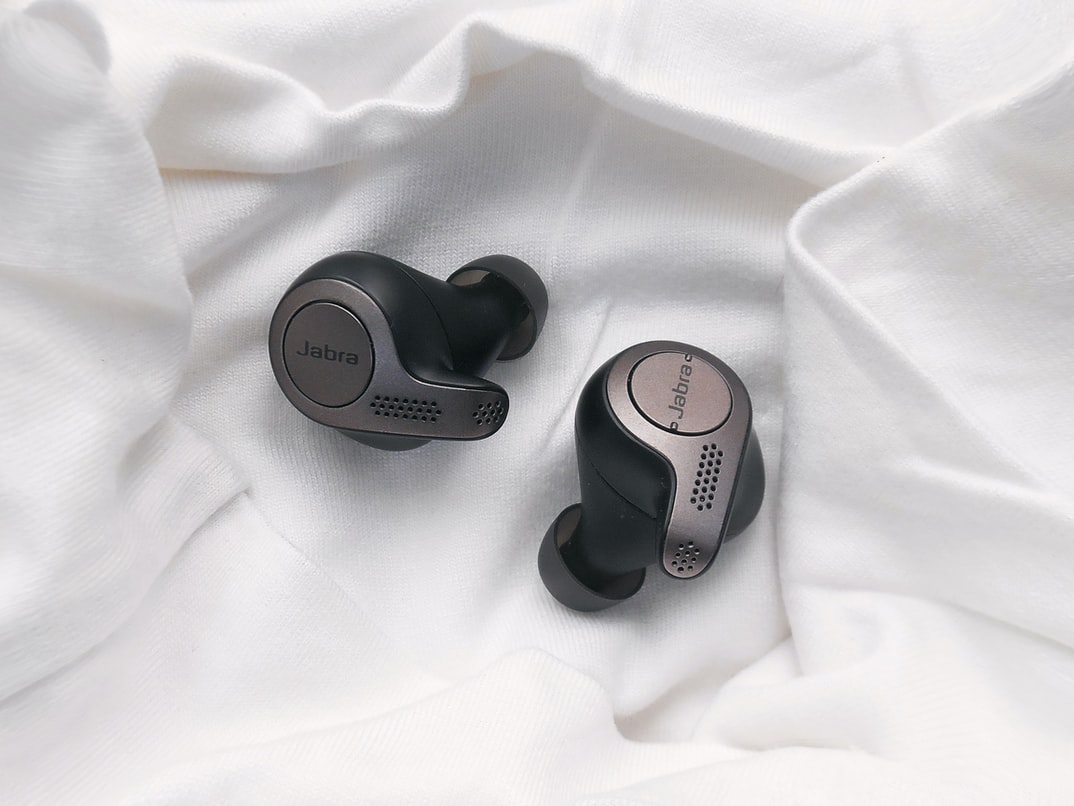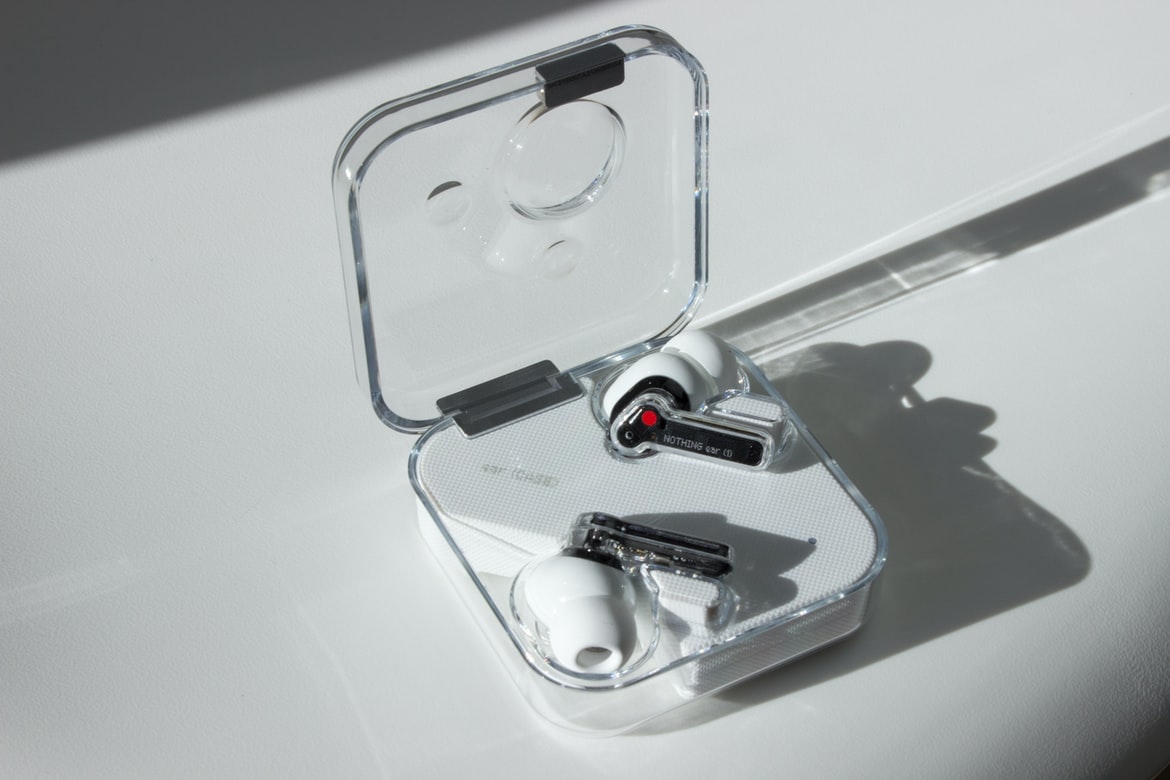Airpods released its first generation in September 2016. Due to its smooth connectivity, low latency, and wireless data transmission, it has achieved good response in the market, and the TWS headphone field has entered a development stage. With the release of the iPhone 7 series, following the release of the 3.5mm headphone jack, more and more flagship models have also eliminated the 3.5mm jack. Against this background, the physical constraints of traditional earphones have been solved, and TWS earphones have replaced wired earphones to accelerate the penetration into surround sound system software, gradually becoming a widely adopted standard in the current earphone sales market.

TWS earphones:
TWS (TrueWirelessStereo) is a wireless network surround sound based on Bluetooth chips. TWS headphones are a new product that applies TWS technology to the Bluetooth headphone industry.
TWS earphone structure:
TWS headphones include a charger and a wireless network headphone. Built in lithium battery pack, switch power PCB component, battery management IC, LED battery charging display, and other machine equipment. The wireless network headphone part includes chips (such as Bluetooth chips, battery management chips, etc.), and the wireless network headphone part includes chips (such as Bluetooth chips, battery management chips, etc.).
How do TWS headphones work?
The main principle of TWS earphones is to connect mobile devices to the main earphones, and form surround sound system software with the auxiliary earphones through the main earphones and Bluetooth wireless network, achieving true Bluetooth left and right channel wireless network separation applications. Due to the lack of cable connections between the upper and lower modules of TWS earphones, they generally do not choose the microUSB interface to charge the battery, but rather charge and receive it based on the configured charging box.
TWS earphone features:
TWS earphones are truly reliable wireless networks that can be worn in one ear, with intelligent systems, active noise reduction, and diverse interactive communication methods.
Earphone TWS technology:
Active noise reduction is the key to TWS earphones, as magnetic induction technology and the new generation Bluetooth audio technology both bring noise reduction effects, multiple interactive technologies, and better sound effects. Reduce noise. TWS earphones have noise reduction function, which can reasonably reduce the harm of external noise to sound quality. The basic principle is divided into two types: digital power amplifier and passive. The method to eliminate noise is to use sound-absorbing materials or other special structured earphones, such as silicone earphones, to shield against external noise. Typical passive noise reduction earphones include in ear earphones, large earplugs, etc. The microwave instrument with noise reduction earplugs has a lower noise reduction cost, but the actual noise reduction effect is slightly poor. Generally, only high-frequency noise is suppressed, and the actual noise reduction effect on low-frequency noise is not significant.

Tucson Technology ANC/ENCTWS Headphone Development Plan
Adopting Jerry chips, it has two major functions: ANC active noise reduction and dual MicENC call noise reduction. Multiple devices such as smartphones, iPads, and computers are compatible, and the lightweight design is suitable for various life scenarios.
Specification: AC7006A8
CPU: 32bit DSP
Business protocol: 5.1+BR+EDR+BLE
Packaging: QFN32 (4 × 4MM)
More TWS earphone development solutions
Starting from the hardware structure (chip, sensor, microphone array), combined with optimization algorithms, and working together, digital functions can be achieved. The active noise reduction of TWS earphones mainly includes ANC (active noise control technology) and ENC (natural environment noise suppression technology).
ANC noise reduction technology is achieved by combining the anti harmonic frequency generated by external noise through the internal noise reduction system software of the earphones, in order to achieve noise reduction effect. Digital power amplifier earphones are generally composed of microphones that receive collected noise, noise reduction chips responsible for analyzing and resolving noise, and three sound systems responsible for causing the frequency of reverse directional sound waves.
ENC noise reduction technology utilizes a dual microphone array to accurately measure the speaking position of the voice, eliminate interference noise, and maintain video and speech. ENC technology can suppress 90% of reverse noise and bring good voice chat effects to users. But ENC technology has high requirements for platform optimization algorithms, which can increase the functional loss of the entire system software.
Currently, design styles such as Apple AirpcdsPro and Huawei's Freebuds3.OPPOEncoW51.VivoNeo all use active noise reduction technology.
Electric inductor technology
TWS earphones have mature technologies such as chips, sensors, and AI optimization algorithms, and have diversified in interactive technology, such as open box connection, touch interactive communication, voice wake-up, ear detection, and offline popular vocabulary.
BLEAudio Bluetooth technology:
The Bluetooth specification particularly includes two types: traditional Bluetooth and low-power Bluetooth. Among them, traditional Bluetooth key technologies can be used for audio transmission (such as dual tone chat, single side music playback, etc.), while low-power Bluetooth is key for low-frequency Bluetooth (such as dual tone chat, single side music playback, etc.). Currently, most mobile devices such as mobile phones and Bluetooth earphones typically use dual mode Bluetooth chips, which have traditional Bluetooth and low-power Bluetooth functions. In January 2020, low-power Bluetooth Audio (also known as BLEAudio) released a new generation of Bluetooth LEAudio, which means that low-power Bluetooth technology specifications will be applied to audio transmission.
BLEAudio has the advantages of low power consumption, wide connectivity, and multimode Bluetooth chips. In the future, multimode low power consumption Bluetooth technology is expected to change traditional Bluetooth, which means that mobile electronic products can change as long as multimode Bluetooth is used.
BLEAudio has three major technological features that bring independent and innovative chip solutions and functions to TWS earphone products, which is conducive to the popularization of the TWS earphone industry chain.
Multi stream audio technology: allows you to avoid the technical barriers of Apple's unique listening program, providing a standardized way for TWS earphone developers. In addition, this technology can achieve real-time data transmission through both ears, improve surround sound perception speed, and achieve smooth conversion between multiple devices.
Wireless communication audio technology: Users can choose people or addresses for audio sharing, which can improve the single application field of 'one sound source with one audio transceiver device' at present, which is beneficial for the application field of TWS earphones.
LowComplexyCommunicationsCodec technology: Helps TWS earphones achieve better sound quality while reducing energy consumption.
The entire industry chain
The TWS headphone industry chain consists of three categories: parts distributors, overall mechanical production and packaging manufacturers, and terminal equipment brands.
Supply upstream and downstream. The key to producing, producing, and selling products is wireless network earphones and charging head components, among which wireless network earphone components especially include Bluetooth main chip, memory, soft circuit board FPC, etc. The most critical parts include microprocessors, battery management ICs, lithium-ion electronic batteries, etc.
Upstream and downstream of TWS earphone industry chain:
The ability of Bluetooth technology and audio encoding technology determines the actual effectiveness and sound quality of TWS headphones in data signal transmission, which is usually used in the main Bluetooth chip SoC. Therefore, the information transmission and sound of TWS headphones are mainly reflected in TWS headphones. A series of Bluetooth chip design solutions, involving various technology industries such as audio, switching power supply, RF, baseband chip, CPU, and mobile software. With the implementation of the Internet of Things technology concept and the improvement of intelligent wearable device performance, the diversification of Bluetooth main control chip design solutions and the improvement of technical difficulty coefficient have put forward higher requirements for the comprehensive technical work ability of chip enterprises.
The cost of Bluetooth, the main control chip of TWS headphones, accounts for approximately 10-20% of its cost. However, due to differences in chip characteristics and product positioning, the price of a single chip is relatively high. With the improvement of the entire industry chain of popular Bluetooth chips, the prices of various chip companies are currently showing a downward trend, boosting the middle and downstream trends in the TWS headphone field. However, the market demand for popular Bluetooth chips will also become increasingly fierce.